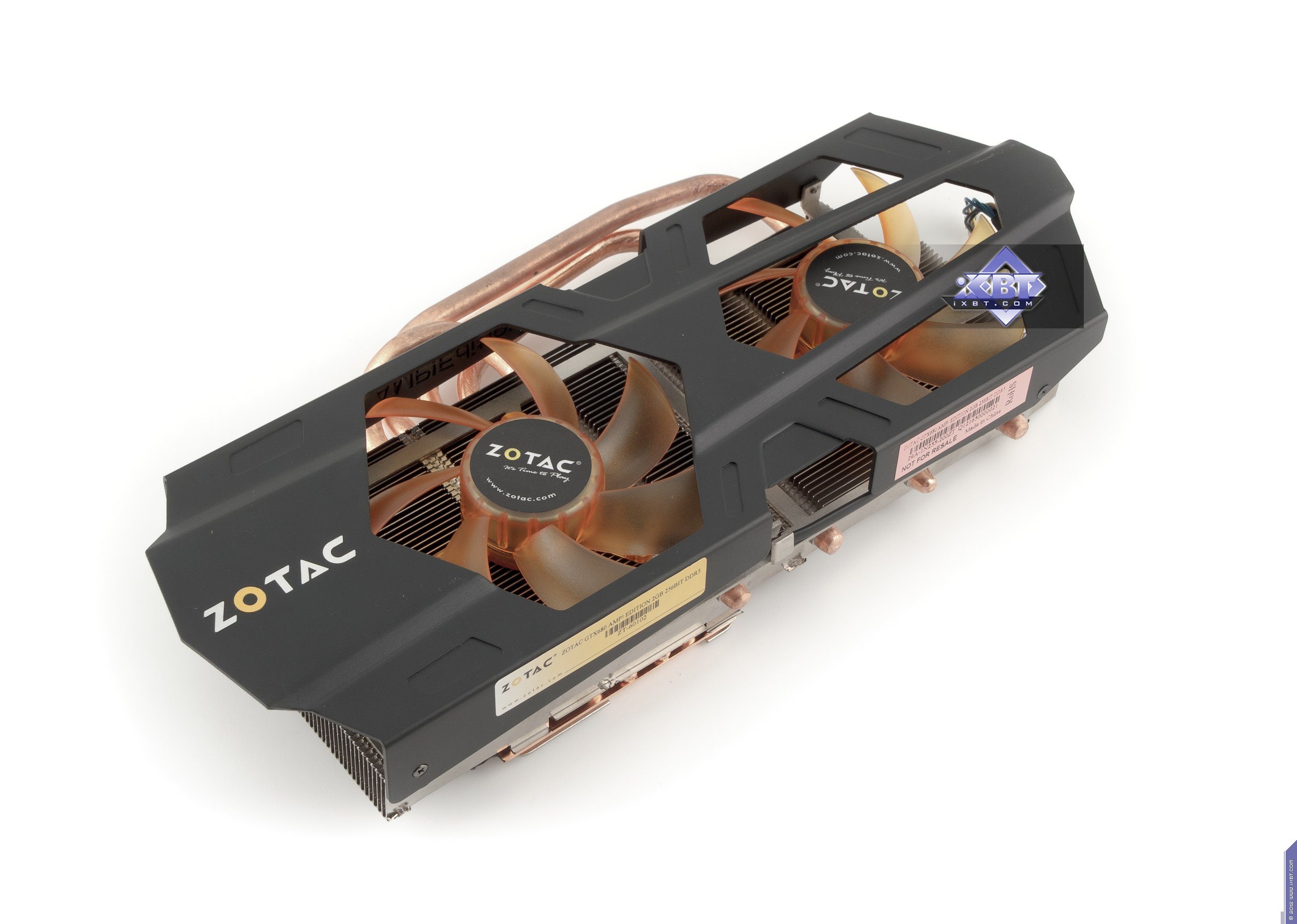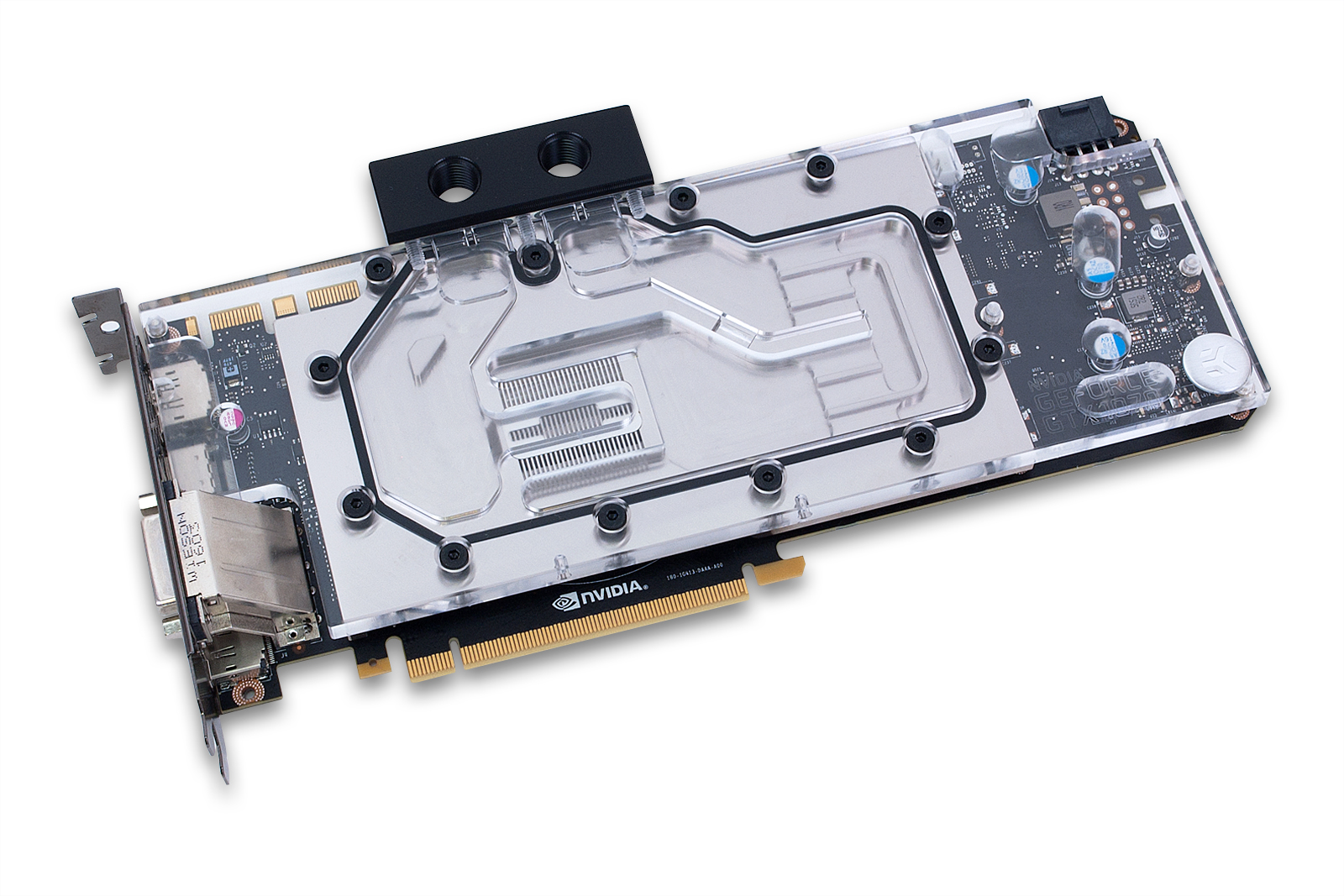
- Water cooled nvidia gtx 680 1080p#
- Water cooled nvidia gtx 680 drivers#
- Water cooled nvidia gtx 680 driver#
Water cooled nvidia gtx 680 drivers#
Starting upĪfter updating Windows 10 and the laptop’s drivers and BIOS, then updating the Node’s firmware, then installing the latest NVIDIA driver, the Node just works! I was surprised that no other steps were required. The Node also provides a nice upgrade path – I can easily replace the GPU later, and it can be used with any other Thunderbolt 3 computer such as Intel’s NUC Skull Canyon. The Node allows me to harness more gaming power when I’m at home, without the extra weight of a specialised gaming laptop. When I’m not gaming, I need a slim laptop with plenty of battery life.
Water cooled nvidia gtx 680 1080p#
None of these interest me at this time – I do most of my gaming on a large 1080p 60Hz LCD TV (set to ‘game mode’ to reduce latency) while I sit on the couch with a Steam Controller. One good reason to buy a top-of-the-line gaming PC is new display technology like 4K, HDR, high frame rate, and of course Virtual Reality.

Today’s large power-hungry desktop PCs will be surpassed by tomorrow’s laptops and next year’s smartphones. My current laptop exceeds the performance of that system in nearly every way (except the GPU), in a much smaller package, while consuming significantly less electricity. I played Deus Ex: Human Revolution on three 1080p monitors with an overclocked water-cooled AMD Phenom II CPU, a pair of AMD Radeon GPUs, and two WD Velociraptors in RAID. Both of these are officially unsupported for use in an external configuration according to NVIDIA and AKiTiO. For comparison I have also borrowed a GTX Titan 6GB.
Water cooled nvidia gtx 680 driver#
The Thunderbolt 3 driver software says my system does not support external GPU.

I will be testing the Node connected to a Dell with Intel Core i7-6560U CPU, Intel Iris Graphics 540 GPU, and 8GB DDR3 RAM. This may actually be good for performance by eliminating competition for bandwidth on the Thunderbolt 3 cable, which is limited to 40 Gigabit per second (Gbps) including either 2 or 4 lanes of PCI Express 3.0 (approximately 985MB/s per lane, or up to 32Gbps). Unlike other external GPU (eGPU) solutions which provide conveniences like additional USB ports and Ethernet, the Node provides no extra features. NVIDIA helpfully tells me I have a GPU, but it isn’t doing anything when I run programs on the laptop’s inbuilt display.

According to the Windows 10 Thunderbolt driver software, this is not supported. The mesh side window is for cold air intake, not visibility. Two 8-pin power cables and plenty of room inside. The included Thunderbolt 3 cable is very short. Includes cables, cable ties, screws, and stickers. The front 12cm fan can be removed to make room for a water cooling radiator. The AKiTiO Node Thunderbolt 3 eGFX Box is a 7Kg black metal powered external enclosure for connecting a full-size graphical processing unit (GPU) to any computer with a Thunderbolt 3 port.


 0 kommentar(er)
0 kommentar(er)
